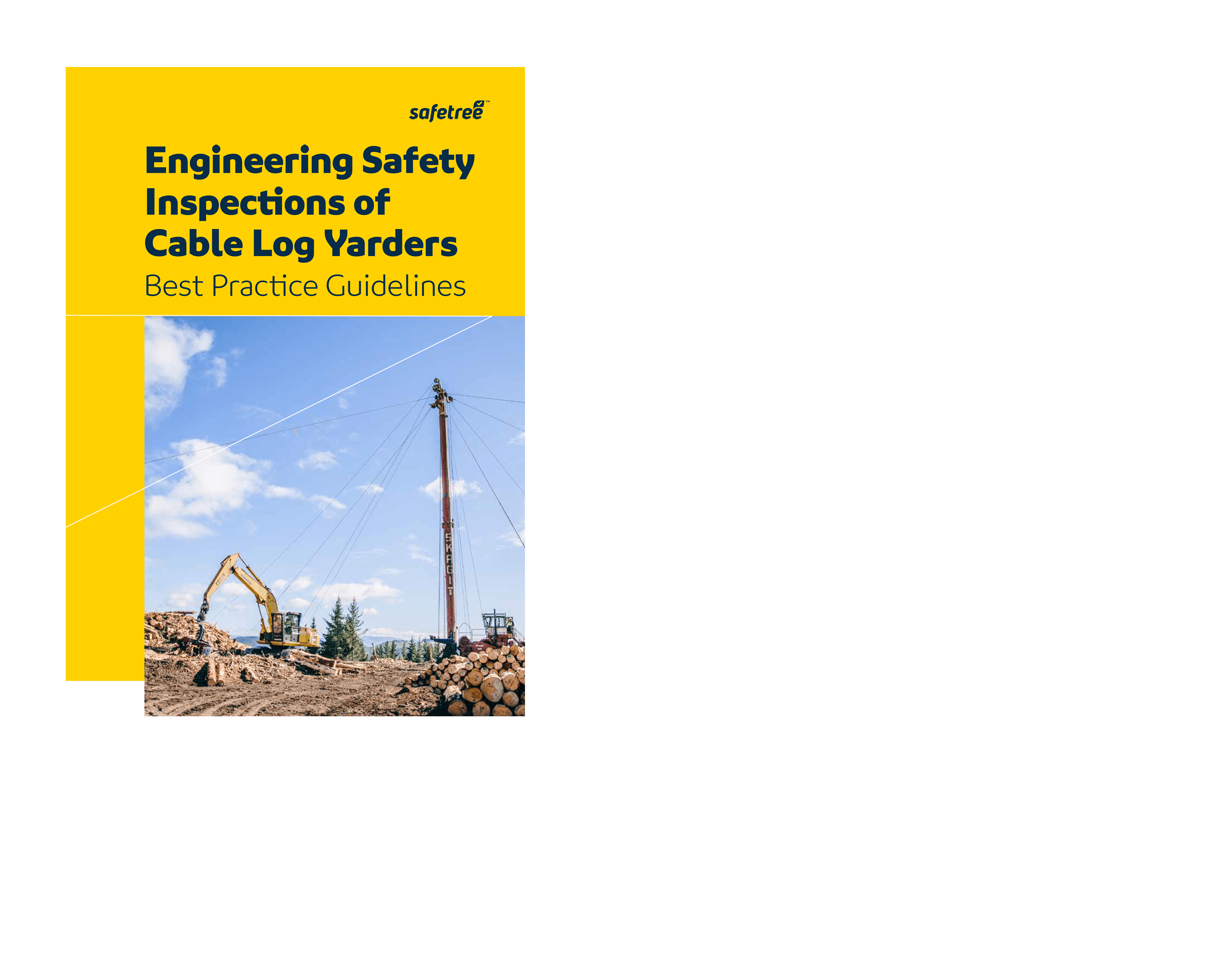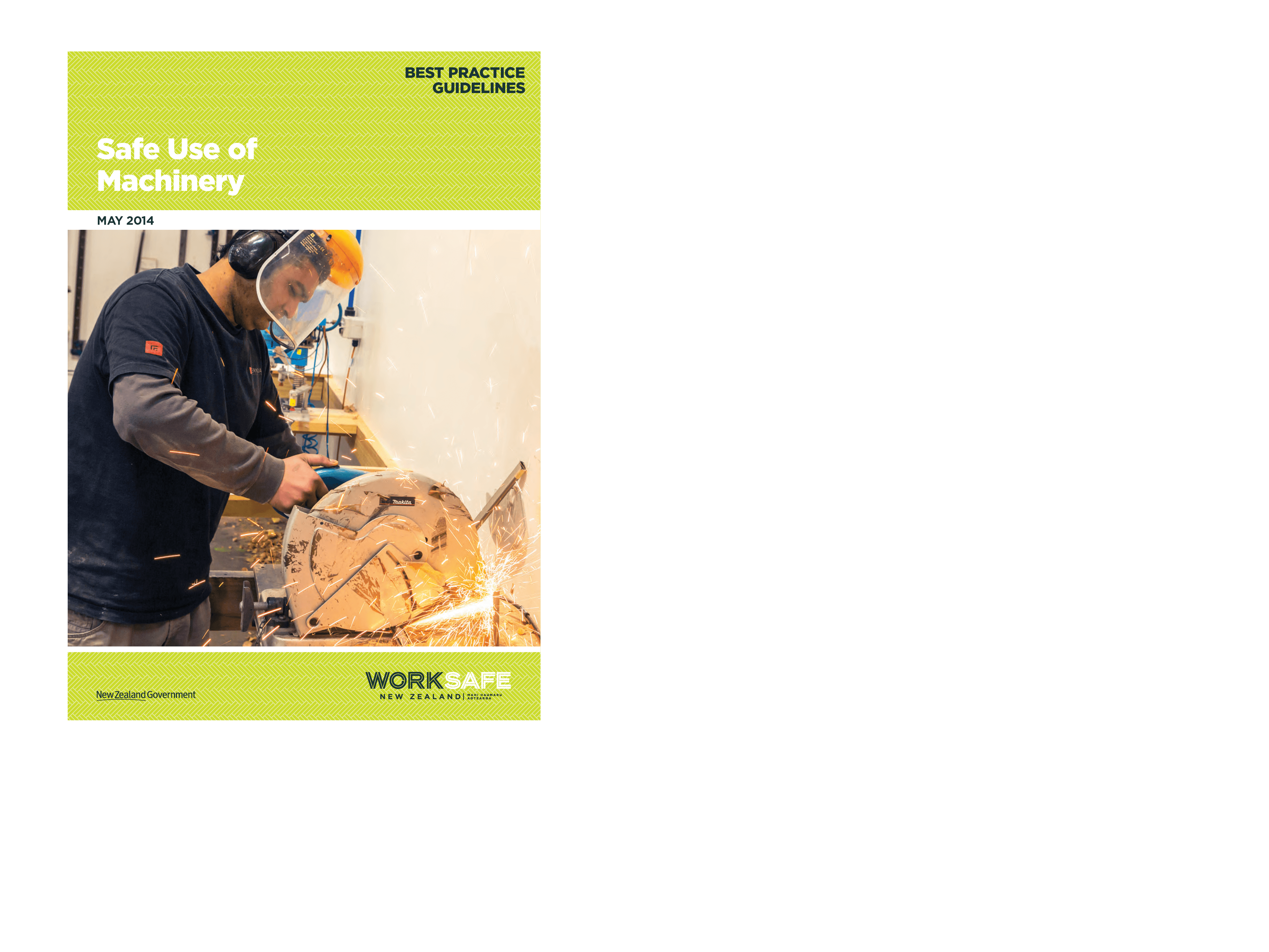New Zealand Yarder Tower inspections

The Yarder Tower Inspection Programme has recently gone through a refresh, requiring inspectors to use an inspection app and standardised tower certificates provided by FICA. Here's all the latest information on the Yarder Tower Inspection Programme and a step-by-step guide to Inspector Certification.
Background
Back in the days, FICA could be held accountable for the inspectors’ compliance and capability, even though FICA were not in a position to qualify tower inspections. FICA didn’t have a repository for the inspection reports, as each inspector kept their own records using their own unique form. Additionally, the industry as a whole didn’t know where all the towers were located. Industry only knew from Rien Visser at University of Canterbury that there were about 350 towers across the country.
Since towers need to be inspected annually, this process needed modification. The first thing FICA did was meet with CBIP – Certification Body for Inspection Personnel – to discuss how we could use an independent body to certify the inspectors. We wanted to create a transparent process. Over the next year, we built a new program with CBIP and also developed the expanded scope Best Practice Guidelines for Engineering Safety Inspections of Cable Log Yarders, which hadn’t been updated since 2005.
To improve record keeping, we designed an app for inspections in collaboration with Thinksafe, a reliable health & safety business experienced in building apps for the oil and gas exploration industry overseas. The inspectors fully embraced this technological advancement. They willingly tested the new format and appreciated the ability to use the app offline, complete inspections on their phones, and upload the reports back at the office. They could then send a copy to their clients and file it electronically. The app also provided a summary dashboard linked to the FICA website, making all the inspection forms available for industry review.
Some may argue that this level of transparency is excessive, but FICA’s stance is that there’s nothing to hide. If there are shortcomings in the inspections, they need to be addressed promptly.
the new process
The app now contains 230 inspections, which is close to the assumed total number of towers in the system. We must also take into account that some towers may not be operational and are parked due to reduced volumes caused by the challenging climate and processing conditions.
All inspectors are signed up and using the system, and they have provided positive feedback on its effectiveness. CBIP has finalized the program, and all inspectors are aware of the activities required to obtain certification. This includes a one-off welding course, practical on-site assessments, and a 40-question exam covering the content within the Best Practice Guidelines (BPG). This certification is valid for ten years.
Each year, inspectors must renew their competence certificate, which involves submitting two inspection reports, undergoing an eye test, and providing a “declaration regarding their ongoing involvement in the industry”. The BPG guide is electronic and can be easily reviewed under the Safetree brand, which our industry associates with excellence and credibility.
Lastly, the new certification program requires inspectors to use the inspection app and standardized tower certificates provided by FICA, eliminating the variations certificates used by inspectors.
Inspectors are responsible for identifying risks, providing advice, and monitoring. They have the right to advise contractors to engage an engineer for final sign-off in questionable cases and for recertification if yarders have been modified. In conclusion, as the saying goes, “Good things take time.”
Prue Younger, former CEO FICA
STEP-BY-STEP GUIDE FOR INSPECTOR CERTIFICATion
STEP 1 - FICA Associate Membership
It is the expectation of the programme managed by FICA that all inspectors are signed up to an associate membership with FICA. Click here for membership info
STEP 2 - Best Practice Guide
Make sure you are thoroughly across the information contained in the Engineering Safety Inspections of Cable Log Yarders Best Practice Guidelines available on this page. This document is a modified version of the 2012 version put out originally by Competenz.
STEP 3 - Enrol in a HERA Welding Course
You can be registered for the course at any time and get the online learning completed at your convenience before the practical day. Click here to see more about the course.
Or contact: Michail Karpenko
GM Fab4.0 / Welding Centre
M +64021849750
www.hera.org.nz
STEP 4 - Welding Course Practical
The practical day must be scheduled through HERA also.
STEP 5 - CBIP Examination
After the welding courses (online and practical components) are completed then it is followed by the CBIP exam based around the Engineering Safety Inspections of Cable Log Yarders Best Practice Guidelines.
Book your dates through the organisation directly or Carolyn McClutchie cbip@cbip.co.nz or www.cbip.co.nz
On completion of the welding certificate and the examination you will receive a certification which is valid for ten years.
STEP 6 - Yarder Tower App Access
The app is available to all inspectors. The dashboard can be found on this page and lists all inspections. Check out the best practice guidelines for how to sign up.
STEP 7 - Annual Competence Certificate
Annually submitting two inspection reports to CBIP, undergoing an eye test, and providing a “declaration" regarding your ongoing involvement in the industry.
STEP 8 - Tower Inspection Plates
These are available by order approx. $15/plate through FICA – contact office@fica.org.nz
best practice guidelines
Yarder Tower Reports
Maintenance of Yarder Towers - January 01, 2020
The Best Practice Guidelines for Maintenance Inspection of Yarder Towers have been designed by FITEC to improve the safety of workers on yarder landings. The guidelines combine industry training standards and best practice information to provide a valuable reference manual for yarder owners and inspectors.
Australian Std AS 4024 - April 21, 2019
This guideline is aimed at employers, engineers, designers, manufacturers and distributors of machinery. WorkSafe New Zealand has also developed a set of factsheets for specific machinery. Though relevant to employers, these factsheets are mostly aimed at operators and employees.
IRIS – Incident Recording Information System
Incident Recording Information System is an initiative of the NZFOA and Saftree. Safety Alerts are produced in the interests of injury prevention. The issue of these Alerts may have preceded a full investigation of an incident and include detail that may not have been directly verified with the parties involved.
Yarder Tower Inspectors Registered with CBIP
Darren Hall
Hauler Engineering
021 365 812
service@hauler.co.nz
Phil Kirk
Waimea Engineering Ltd
027 479 3972
wel@trinder.co.nz
Timothy Vendt
T & M Engineering Services
021 133 5278
timmyv53@gmail.com
Blair Adamson
Logweld limited
027 4455388
logweldltd@gmail.com
Gary Stebbings
Fargo Enterprises Ltd
021 428 013
stebbscandi@gmail.com
Robert Thomas
Machine Maintenance
027 442 0829
machinemaintenance@xtra.co.nz
Dan Tong
The Engineering Co.
021 843 090
dan@theengco.nz
Johnny Wilkie
Red Stag Engineering
027 8185085
johnnywilkie@hotmail.co.nz
Robbie Fitsimmons
Everything Mechanical
0276 355 788
everything.mechanical@hotmail.co.nz
Jordan van der Heyden
Midland Machinery Services
0274 411 938
jordan@mmsltd.co.nz




